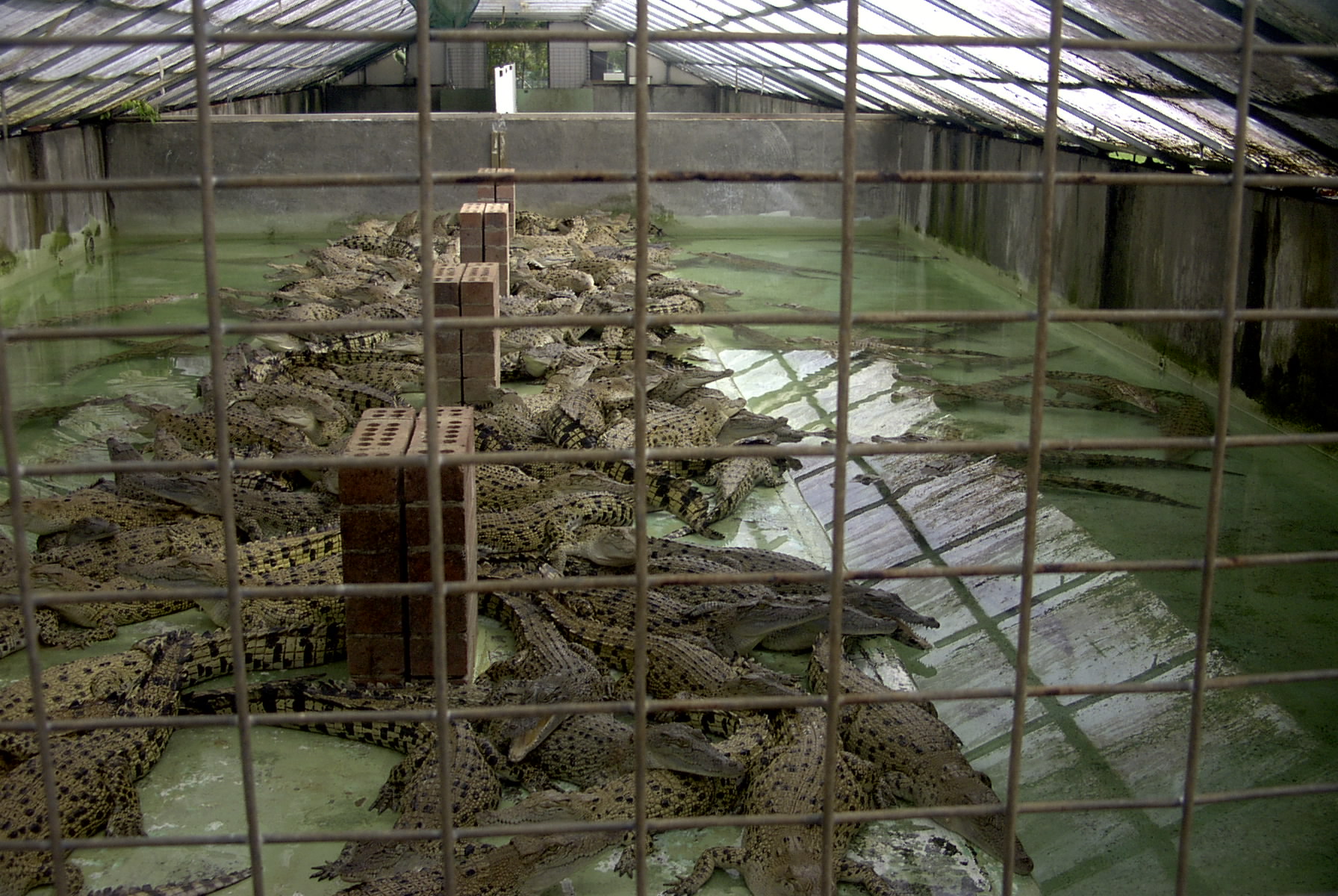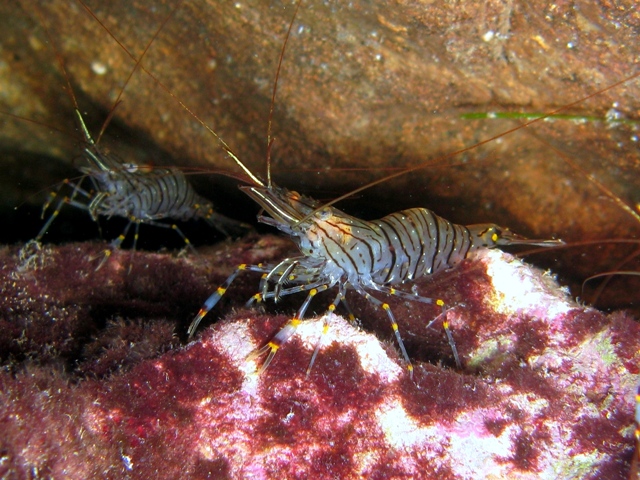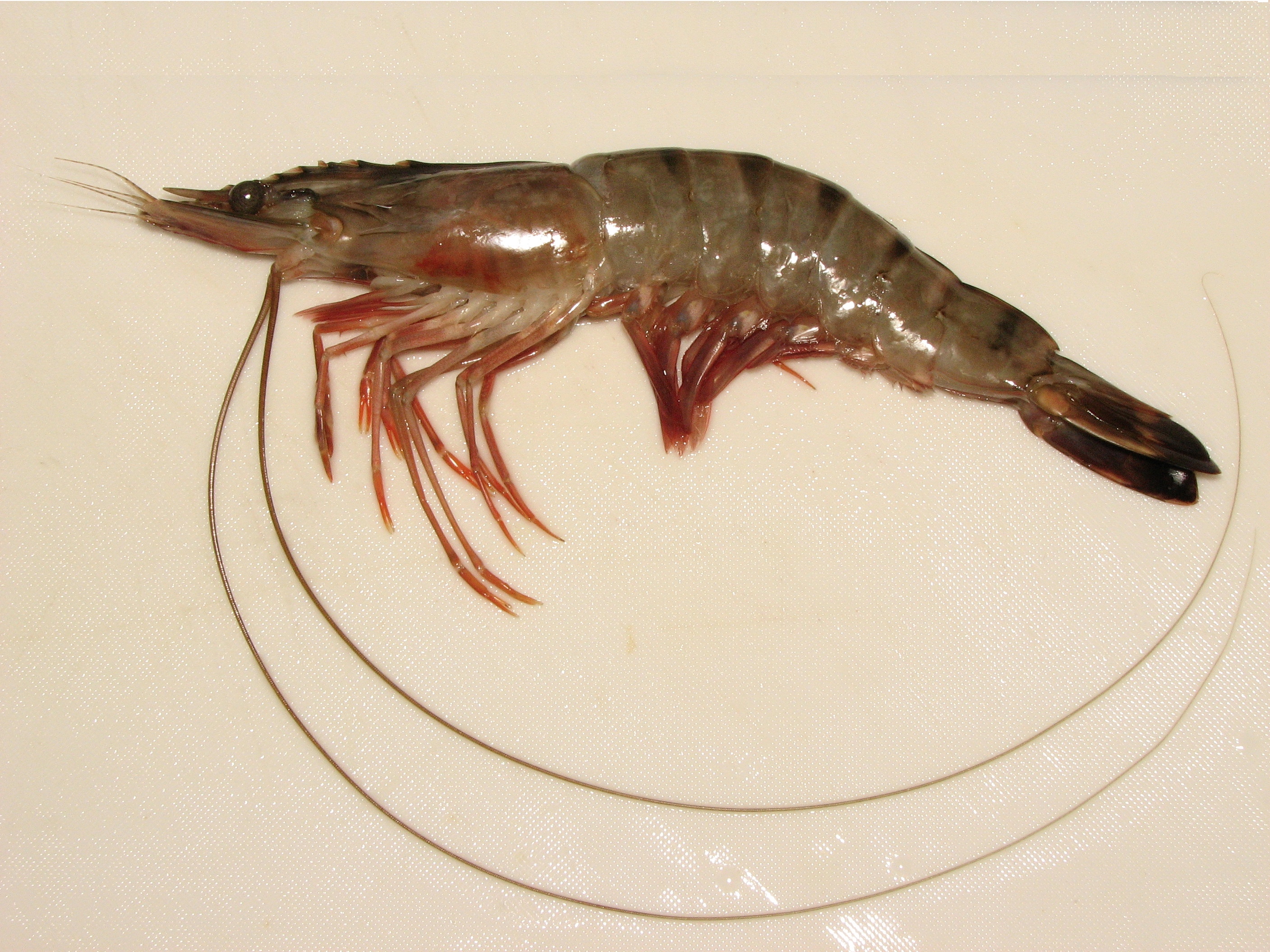|
Halal Food
Islamic dietary laws are laws that Muslims follow in their diet. Islamic jurisprudence specifies which foods are halal () and which are haram (). The dietary laws are found in the Quran, the holy book of Islam, as well as in collections of traditions attributed to the Islamic prophet Muhammad. Herbivores, cud-chewing animals like cattle, deer, sheep, goats, and antelope are some examples of animals that are halal only if they are treated like sentient beings and slaughtered painlessly while reciting the ''basmala'' and ''takbir''. If the animal is treated poorly or tortured while being slaughtered, the meat is haram. Forbidden food substances include alcohol, pork, frog, carrion, the meat of carnivores, and animals that died due to illness, injury, stunning, poisoning, or slaughtering not in the name of God. Regulations of food Halal (permissible, lawful) Quranic verses that have information regarding halal foods include: Q2:173, Q5:5, and Q6:118–119, 121. Permissible me ... [...More Info...] [...Related Items...] OR: [Wikipedia] [Google] [Baidu] |
Spinal Cord
The spinal cord is a long, thin, tubular structure made up of nervous tissue that extends from the medulla oblongata in the lower brainstem to the lumbar region of the vertebral column (backbone) of vertebrate animals. The center of the spinal cord is hollow and contains a structure called the central canal, which contains cerebrospinal fluid. The spinal cord is also covered by meninges and enclosed by the neural arches. Together, the brain and spinal cord make up the central nervous system. In humans, the spinal cord is a continuation of the brainstem and anatomically begins at the occipital bone, passing out of the foramen magnum and then enters the spinal canal at the beginning of the cervical vertebrae. The spinal cord extends down to between the first and second lumbar vertebrae, where it tapers to become the cauda equina. The enclosing bony vertebral column protects the relatively shorter spinal cord. It is around long in adult men and around long in adult women. The diam ... [...More Info...] [...Related Items...] OR: [Wikipedia] [Google] [Baidu] |
Haram
''Haram'' (; ) is an Arabic term meaning 'taboo'. This may refer to either something sacred to which access is not allowed to the people who are not in a state of purity or who are not initiated into the sacred knowledge; or, in direct contrast, to an evil and thus " sinful action that is forbidden to be done". The term also denotes something "set aside", thus being the Arabic equivalent of the Hebrew concept () and the concept of (cf. sacred) in Roman law and religion. In Islamic jurisprudence, ''haram'' is used to refer to any act that is forbidden by Allah and is one of the five Islamic commandments ( ) that define the morality of human action. Acts that are haram are typically prohibited in the religious texts of the Quran and the category of haram is the highest status of prohibition. Something that is considered haram remains prohibited no matter how good the intention is or how honorable the purpose is. Sins, good, and meritorious acts are placed on the (weighin ... [...More Info...] [...Related Items...] OR: [Wikipedia] [Google] [Baidu] |
Mollusk
Mollusca is a phylum of protostomic invertebrate animals, whose members are known as molluscs or mollusks (). Around 76,000 extant species of molluscs are recognized, making it the second-largest animal phylum after Arthropoda. The number of additional fossil species is estimated between 60,000 and 100,000, and the proportion of undescribed species is very high. Many taxa remain poorly studied. Molluscs are the largest marine phylum, comprising about 23% of all the named marine organisms. They are highly diverse, not just in size and anatomical structure, but also in behaviour and habitat, as numerous groups are freshwater and even terrestrial species. The phylum is typically divided into 7 or 8 taxonomic classes, of which two are entirely extinct. Cephalopod molluscs, such as squid, cuttlefish, and octopuses, are among the most neurologically advanced of all invertebrates—and either the giant squid or the colossal squid is the largest known extant i ... [...More Info...] [...Related Items...] OR: [Wikipedia] [Google] [Baidu] |
Lobster
Lobsters are Malacostraca, malacostracans Decapoda, decapod crustaceans of the family (biology), family Nephropidae or its Synonym (taxonomy), synonym Homaridae. They have long bodies with muscular tails and live in crevices or burrows on the sea floor. Three of their five pairs of legs have claws, including the first pair, which are usually much larger than the others. Highly prized as seafood, lobsters are economically important and are often one of the most profitable commodities in the coastal areas they populate. Commercially important species include two species of ''Homarus'' from the northern Atlantic Ocean and Scampi (other), scampi (which look more like a shrimp, or a "mini lobster")—the Northern Hemisphere genus ''Nephrops'' and the Southern Hemisphere genus ''Metanephrops''. Distinction Although several other groups of crustaceans have the word "lobster" in their names, the unqualified term "lobster" generally refers to the clawed lobsters of the fam ... [...More Info...] [...Related Items...] OR: [Wikipedia] [Google] [Baidu] |
Crab
Crabs are decapod crustaceans of the infraorder Brachyura (meaning "short tailed" in Greek language, Greek), which typically have a very short projecting tail-like abdomen#Arthropoda, abdomen, usually hidden entirely under the Thorax (arthropod anatomy), thorax. Their exoskeleton is often Sclerotization, thickened and hard. They generally have Arthropod leg, five pairs of legs, and they have "Pincers (tool), pincers" or "claws" on the ends of the frontmost pair, scientifically termed the ''chelae''. They are present in all the world's oceans, Freshwater crab, in freshwater, and Terrestrial crab, on land, often hiding themselves in small crevices or burrowing into sediment. Crabs are omnivores, feeding on a variety of food, including a significant proportion of Algae eater, algae, as well as Detritivore, detritus and other invertebrates. Crab meat, Crabs are widely consumed by humans as food, with over 1.5 million tonnes Crab fisheries, caught annually. True crabs first appeared ... [...More Info...] [...Related Items...] OR: [Wikipedia] [Google] [Baidu] |
Crocodile
Crocodiles (family (biology), family Crocodylidae) or true crocodiles are large, semiaquatic reptiles that live throughout the tropics in Africa, Asia, the Americas and Australia. The term "crocodile" is sometimes used more loosely to include all extant taxon, extant members of the order (biology), order Crocodilia, which includes the alligators and caimans (both members of the family Alligatoridae), the gharial and false gharial (both members of the family Gavialidae) as well as other extinct Taxon, taxa. Crocodile Measurement, size, Morphology (biology), morphology, behaviour and ecology differ among species. However, they have many similarities in these areas as well. All crocodiles are semiaquatic and tend to congregate in freshwater habitats such as rivers, lakes, wetlands and sometimes in brackish water and Seawater, saltwater. They are carnivorous animals, feeding mostly on vertebrates such as fish, reptiles, birds and mammals, and sometimes on invertebrates such as mol ... [...More Info...] [...Related Items...] OR: [Wikipedia] [Google] [Baidu] |
Shrimp
A shrimp (: shrimp (American English, US) or shrimps (British English, UK)) is a crustacean with an elongated body and a primarily Aquatic locomotion, swimming mode of locomotion – typically Decapods belonging to the Caridea or Dendrobranchiata, although some Shrimp#Non-decapods, crustaceans outside of this order are also referred to as "shrimp". Any small crustacean may also be referred to as "shrimp", regardless of resemblance. More narrow definitions may be restricted to Caridea, to smaller species of either of the aforementioned groups, or only the Marine life, marine species. Under a broader definition, ''shrimp'' may be synonymous with prawn, covering stalk-eyed swimming crustaceans with long, narrow muscular tails (Abdomen#Arthropoda, abdomens), long whiskers (Antenna (biology), antennae), and slender, Biramous, biramous legs. They swim forward by paddling the swimmerets on the underside of their abdomens, although their escape response is typically repeated flicks wit ... [...More Info...] [...Related Items...] OR: [Wikipedia] [Google] [Baidu] |
Prawn
Prawn is a common name for small aquatic crustaceans with an exoskeleton An exoskeleton () . is a skeleton that is on the exterior of an animal in the form of hardened integument, which both supports the body's shape and protects the internal organs, in contrast to an internal endoskeleton (e.g. human skeleton, that ... and ten legs (members of the order of decapods), some of which are edible. The term ''prawn''Mortenson, Philip B (2010''This is not a weasel: a close look at nature's most confusing terms''Pages 106–109, John Wiley & Sons. . is used particularly in the United Kingdom, Ireland, and Commonwealth nations, for large swimming crustaceans or shrimp, especially those with commercial significance in the fishing industry. Shrimp in this category often belong to the suborder Dendrobranchiata. In North America, the term is used less frequently, typically for freshwater shrimp. The terms ''shrimp'' and ''prawn'' themselves lack scientific standing. Over the years, ... [...More Info...] [...Related Items...] OR: [Wikipedia] [Google] [Baidu] |
Makruh
In Islamic terminology, something which is makruh or makrooh (, transliteration, transliterated: ''makrooh'' or ''makrūh'') is "disliked", literally "detestable" or "abominable". This is one of the Ahkam, five categories (''al-ahkam al-khamsa'') in Islamic law – ''wajib/fard'' (obligatory), ''Mustahabb/mandub'' (recommended), ''mubah'' (neutral), ''makruh'' (disapproved), ''haram'' (forbidden). Though a ''makruh'' act is not ''haraam, haram'' (forbidden) or subject to punishment, a person who abstains from this act will be rewarded. Muslims are encouraged to avoid such actions when or as possible. It is one of the degrees of approval (''ahkam'') in sharia, Islamic law. In the terminology of Islamic jurisprudence, "Makruh" refers to an action that is not forbidden to do, but had better to be abandoned. Acts considered ''makruh'' can vary between different Madhhab, madhhabs due to differing scholarly interpretations of the Quran and Hadith, with Hanafi scholars in particular dif ... [...More Info...] [...Related Items...] OR: [Wikipedia] [Google] [Baidu] |
Crustaceans
Crustaceans (from Latin meaning: "those with shells" or "crusted ones") are invertebrate animals that constitute one group of Arthropod, arthropods that are traditionally a part of the subphylum Crustacea (), a large, diverse group of mainly aquatic animal, aquatic arthropods including decapoda, decapods (shrimps, prawns, crabs, lobsters and crayfish), ostracoda, seed shrimp, branchiopoda, branchiopods, argulidae, fish lice, krill, remipedes, isopods, barnacles, copepods, Mysida, opossum shrimps, amphipods and mantis shrimp. The crustacean group can be treated as a subphylum under the clade Mandibulata. It is now well accepted that the Hexapoda, hexapods (insects and entognathans) emerged deep in the Crustacean group, with the completed pan-group referred to as Pancrustacea. The three classes Cephalocarida, Branchiopoda and Remipedia are more closely related to the hexapods than they are to any of the other crustaceans (oligostracans and multicrustaceans). The 67,000 described spec ... [...More Info...] [...Related Items...] OR: [Wikipedia] [Google] [Baidu] |
Hanafi
The Hanafi school or Hanafism is the oldest and largest Madhhab, school of Islamic jurisprudence out of the four schools within Sunni Islam. It developed from the teachings of the Faqīh, jurist and theologian Abu Hanifa (), who systemised the use of reasoning (). Hanafi legal theory primarily derives law from the Quran, the sayings and practices of Muhammad (''sunnah''), scholarly consensus () and analogical reasoning (), but also considers juristic discretion () and local customs (). It is distinctive in its greater usage of ''qiyas'' than other schools. The school spread throughout the Muslim world under the patronage of various Islamic empires, including the Abbasids and Seljuk Empire, Seljuks. The Central Asian region of Transoxiana emerged as a centre of classical Hanafi scholarship between the 10th and 12th centuries, which gave rise to the Maturidi school of theology. The Ottoman Empire adopted Hanafism as its official school of law and influenced the legal thought of th ... [...More Info...] [...Related Items...] OR: [Wikipedia] [Google] [Baidu] |









